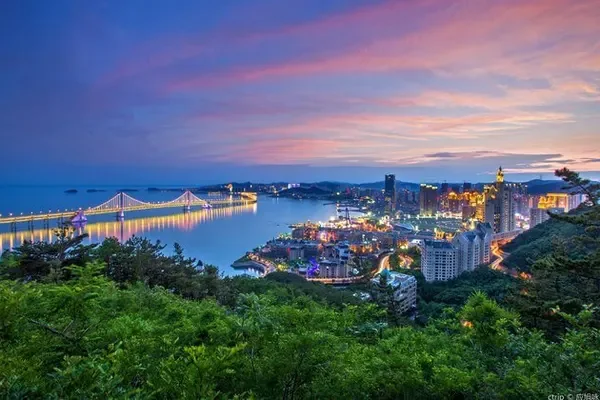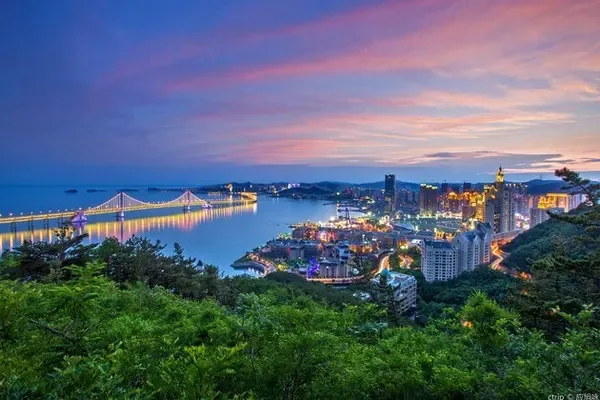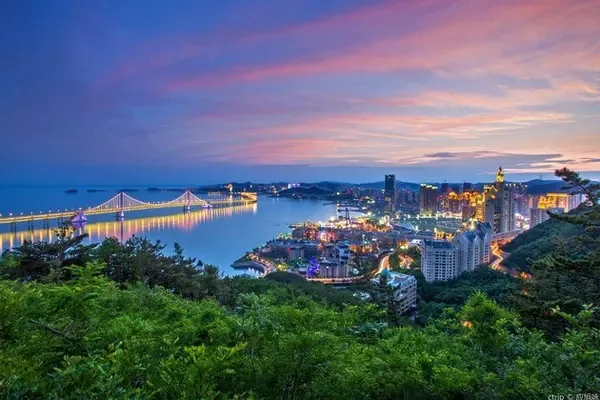


I had nothing to do on weekends, and I remembered that others said that the environment of Samye Temple is very good, it is in the desert, and it is unique. Later, after reading its introduction on the Internet, I became more interested in it.




In the morning, I rushed to the Jokhang Temple Square to take the bus at 5 o'clock in the morning (it seems that there is only one trip at 6 o'clock in the morning), and I got on the bus feeling dizzy. The sun in Lhasa is still very strong in the morning, and it is very uncomfortable for the eyes, not to mention the scenery along the way. When I arrived at the Samye Monastery, I found a teahouse to drink tea at random. I ordered a lot of food. Ajia asked if I could finish it. are a little embarrassed).



The full name of the Samye Monastery is "Beizama Sanyemin Jiulunji Baizu Lakang", which means "auspicious red rocks become a temple after thinking about the boundless and unchanged" in Tibetan.



The entire temple of Samye Temple faces south from the north. The plane of the temple is elliptical. It is laid out according to the world structure in Buddhist scriptures. It looks like a long courtyard and covers an area of about 25,000 square meters. The Samye Temple was built on the basis of the Odanda Bodhi Temple built in Magadha by the Balo Dynasty in ancient India. Although it was rebuilt many times due to fires in later generations, the architectural pattern has always maintained the style of the original construction.


According to the "Samye Monastery Records", in 762 AD, Trisong Detsen personally laid the foundation for the temple, which took 12 years to build and was finally completed in 775. Because there is a legend that when it was first built, Chisong Dezan was eager to know the scene after it was completed, so Padmasambhava conjured the illusion of the temple from his palm. "unexpected", "unimaginable"), and later took this surprise as the name of the temple, so the temple was named Samye Temple because of the king's surprise.

After the completion of the Samye Monastery, a grand consecration ceremony was held. Chisong Dezan also invited monks from the Tang Dynasty, India and Khotan to live in the monastery to preach and translate scriptures, and announced that everyone in Tubo would follow Buddhism. Therefore, Samye Monastery is the first formal monastery in Tibet with the three treasures of Buddha, Dharma and Sangha, and has a lofty status in the Tibetan Buddhist circle.



In the middle of the 9th century, the spread of Buddhism was prohibited in Tubo, and the Samye Monastery was also banned. After reopening in the late 10th century, it became the central monastery of the Nyingma Sect (Red Sect). During the reign of the Sakya sect, the temple was repaired and monks were sent to live in the temple. Since then, the Nyingma and Sakya sects coexisted in one temple.

The layout of the entire temple is designed according to the structural layout of the "Big Thousand Worlds" in Buddhist scriptures, and is built according to the mandala of Tantric Buddhism: the Uzi Hall represents Mount Sumeru, the center of the world, and the four halls around the hall represent the mountains in the four salty seas. The four major continents and eight small continents, the Sun and Moon Halls symbolize the two halls of the sun and the moon in the universe, and the temple wall symbolizes the Tiewei Mountain on the periphery of the world; four red, white, green, and black pagodas are built around the main hall to township. Subdue all evil gods and demons to prevent natural disasters and man-made disasters. There is a gate on each side of the wall, and the east gate is the main gate.


The eastern continents (temple) are 14.4 meters long from north to south, 7.5 meters wide from east to west, and 10 meters high. , such as natural gold. The four towers of white, red, black and green and the four towers of the wall are respectively in the place where the four corners of the "Uzi" hall form a straight line, and the distance between the towers and the corners of the hall is tens of meters.




The White Pagoda is a square brick pagoda with dense eaves, 8 floors, and a height of about 18 meters. It is built in the southeast corner of the main hall. Name "White Tower". On the square wall at the base of the pagoda, there are 108 small pagodas. The pagodas are square in shape. But the covered bowl is flat and wide, without a niche door, and there is a seventeen-ring phase wheel on the temple. There are sixteen stone statues of Arhats beside the turning path, which are carved on square stone slabs with a side length of 0.74 meters, which are extremely delicate.

The black pagoda, 7 floors, about 15 meters high, is built in the northwest corner of the main hall. The shape of the tower is also very special. The body of the tower is like three stacked pots, with a sword resting on the brake disc. The second-level phase wheel has seven rings, and the top is the bottle cap and the orb. The body of the tower is made of bricks, all black.



The red tower has 16 floors and is about 35 meters high. It is built in the southwest corner of the main hall. It has a very special shape. The body of the tower is made of bricks and stones. The belly of the tower is bowl-shaped, and there are two phase wheels on the top of the treasure temple. There are seven rings on the top and nine rings on the bottom. The body of the tower is earthy red and shiny.


The Green Pagoda has 4 floors and is about 10 meters high. It is built at the northeast corner of the main hall, and its plane is square and polygonal. The base of the pagoda is very high, and it reaches the first floor along the steps. There are three niches on each side, with statues inside, and there are ladders on each side leading to the second floor. There is only one niche on each side of the second floor, and there are statues on each side.



Since photography is not allowed in the Buddha Hall, there is no way to show you the Buddha statues inside. Just look at their architectural style. It has lights inside as well as butter lamps, so it doesn't look too dark either.







Looking at the scenery of Samye Temple from the tower gives people a feeling of Jiangnan water town.



Come across a flower blooming.






Finally, at three o'clock in the afternoon, we set foot on the journey back. Walking alone in the Potala Palace Square, I took a photo of the Potala Palace, and instantly felt that spring had come.







